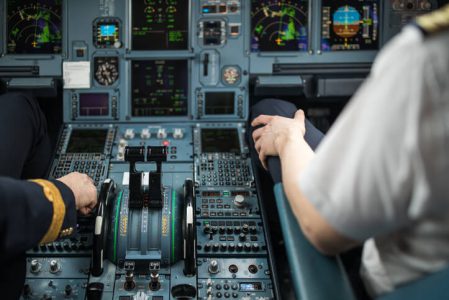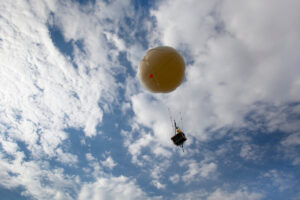Your Pilot Medical may be affected by one of the main aspects aviation
There has been plenty of research regarding the connection between Deep Vein Thrombosis (DVT) and flying, but it seems to be mainly focused on passengers of long distance flights. What about those of us who fly for a living and depend on our pilot medical to put food on the table?
Developing a blood clot is a serious health concern, and the most dangerous clot is the DVT. DVT is a potentially life threatening condition in which a blood clot forms in a deep vein, most commonly in one of the legs. These clots can break off and travel to the lungs, where they can be fatal. Flying for long distances seems to aggravate the condition, but there are steps pilots can take to lower their risk.
Sitting for extended periods of time seems to be the problem and while passengers are able to get up and walk through the cabin to stretch their legs, the flight crew often does not have that luxury. But there are other preventative measures that can be taken:
- Avoid crossing your legs
- Avoid wearing tight clothes that can restrict blood flow
- Stay hydrated
- Stretch your legs and feet while sitting
- Move around as often as possible, even if you just stand on the flight deck
You can also try doing some exercises while seated. The following are good ones to try:
- Extend your legs in front of you and flex your ankles, curling and uncurling your toes
- Sit with your feet flat on the floor and slide your feet forward a few inches, then slide them back
- With your feet flat on the floor, push down on your toes while lifting your heels, then push down on your heels while raising your toes
There are also other factors that may contribute to DVT in addition to sitting for long periods of time. You’re more likely to develop DVT while flying if you have any of the following risk factors:
- Over 50 years old
- Overweight
- A family history of DVT
- Are a smoker
- Have veins that have been damaged in an injury
- Have a genetic clotting disorder
DVT may not always present with symptoms, seek medical attention if you have any swelling, cramping, or severe unexplained pain in the legs or ankles. Also look for a patch of skin that feels warmer than the surrounding area, or discoloration.
Signs that a clot has travelled to your lungs include:
- Dizziness
- Sweating
- Rapid breathing
- Coughing up blood
- Rapid heart rate
- Chest pain that becomes worse after coughing or a deep inhale
Obviously prevention is the best option here, so get moving or at least move your legs on those long flights. Protect your pilot medical by doing the mini leg exercises and/or reducing your risk factors, whenever possible. These are simple, small steps to take (no pun intended) to protect your health and your profession.
RELATED READING
RELATED CTS TRAINING










